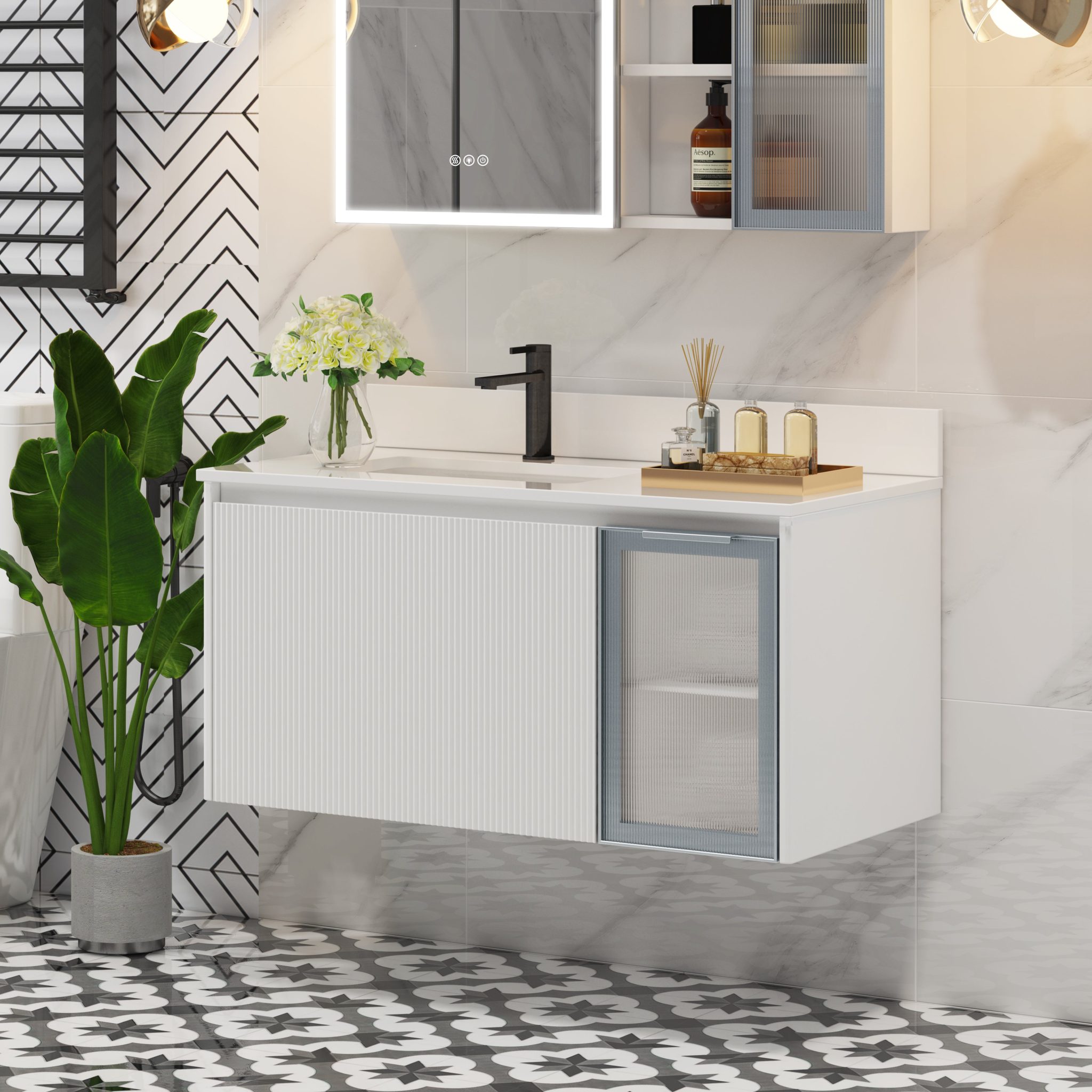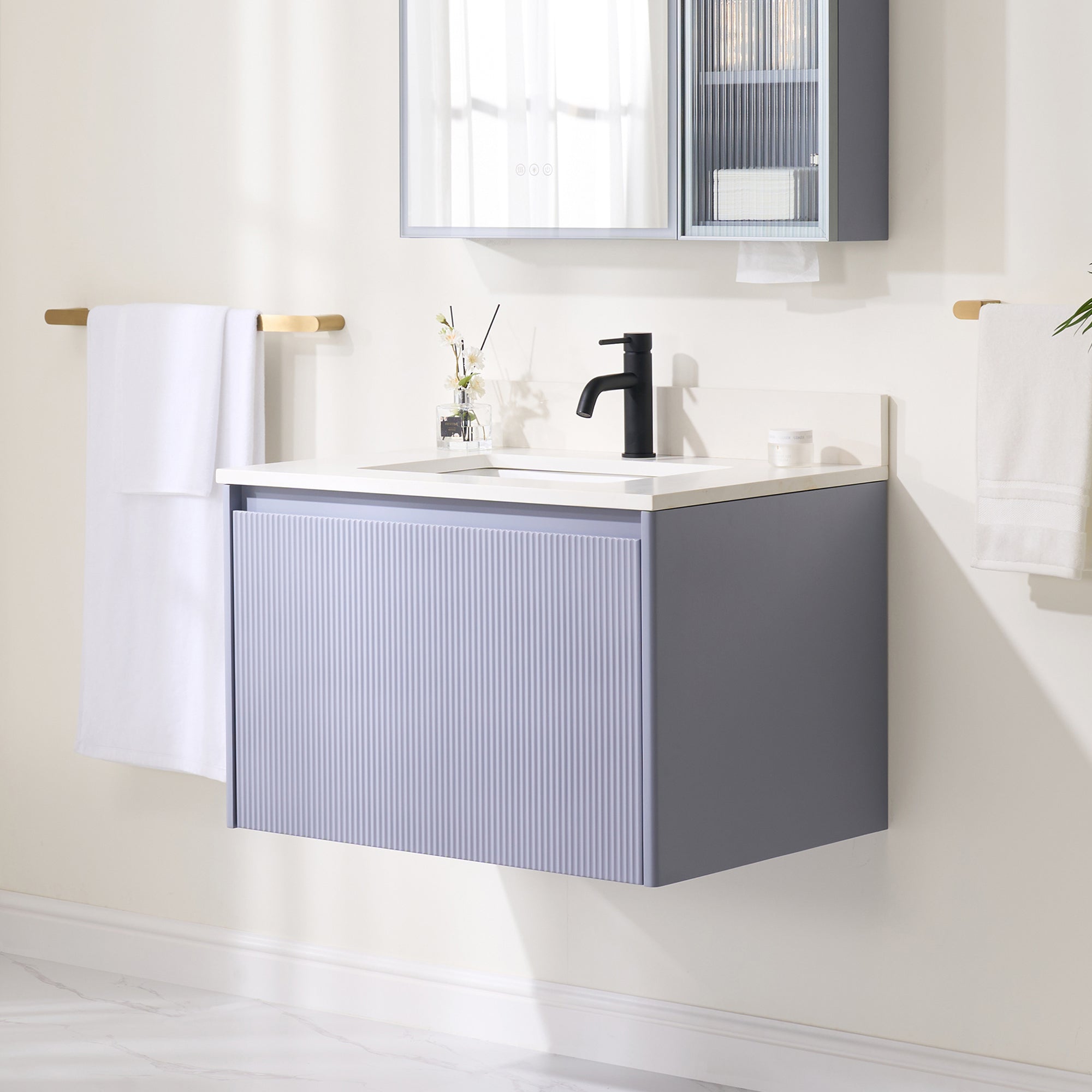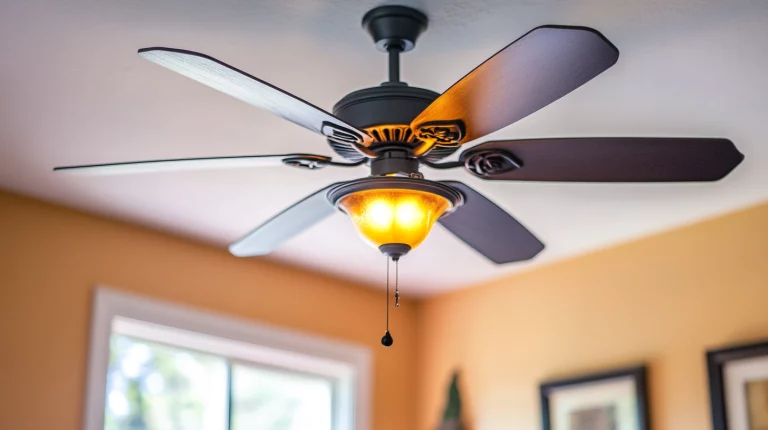How High Do You Mount a Floating Bathroom Vanity?
When it comes to bathroom design, every detail matters. One such detail is the height of your floating bathroom vanity.
This seemingly minor aspect can significantly impact the functionality and aesthetics of your bathroom.
But how high should you mount a floating bathroom vanity? This guide will provide comprehensive insights into the ideal height for your floating vanity.
This guide is useful and informative for homeowners, interior designers, and DIY enthusiasts.
Understanding the Standard Floating Vanity Height
The standard height for floating bathroom vanities is typically between 30 to 36 inches.
This measurement is taken from the floor to the top of the vanity. However, this standard is not set in stone.
The ideal height can vary depending on the user’s height and personal preferences.
For instance, if the users are particularly tall or short, the installation height may need to be adjusted for comfort and ease of use.
Factors Influencing Your Vanity Height
When deciding on the height of your floating vanity, several factors come into play.
These include user height and ergonomics, design and aesthetic considerations, and plumbing and installation requirements. Let’s delve into each of these factors in more detail.
User Height and Ergonomics
The height of the vanity should allow for comfortable use. This means no need to stoop or stretch to reach the sink or countertop.
Ergonomics play a crucial role in determining the comfortable height for a vanity. For instance, children’s bathrooms may require a lower vanity height for accessibility.
Design and Aesthetic Considerations
The height of the vanity should complement other fixtures in the bathroom. This includes the toilet and shower.
The design and style of the vanity, including solid wood or Wellfor options, can influence the desired height.
For example, wood bathroom vanities add warmth and a natural aesthetic to the bathroom.
Plumbing and Installation Requirements
Plumbing considerations may impact the height at which a vanity can be installed. The height of the vanity should be decided before plumbing is installed to ensure proper fit.
The space between the vanity and other fixtures should be considered for ease of movement. Storage needs can influence the size and height of the vanity.
Finally, the type of sink (vessel, undermount, or integrated) will affect the overall height.
Choosing the Right Vanity for Your Bathroom

Choosing the right vanity for your bathroom is a crucial step in the design process.
The vanity you choose should not only meet your functional needs but also complement your bathroom’s aesthetic.
The material of the vanity, such as solid wood, may require specific care and maintenance.
The color and finish of the vanity can influence the perception of space and height in the bathroom.
The choice of faucet and hardware can complement the height and style of the vanity.
1. Solid Wood Bathroom Vanity Options
Solid wood vanities are a popular choice for many homeowners. They are durable and can support heavier countertop materials. Moreover, they add a touch of warmth and a natural aesthetic to the bathroom.
2. Well for Bathroom Vanity Features
Wellfor bathroom vanities are known for their quality and design. They offer a range of styles and sizes to suit different bathroom layouts. Wellfor also provides warranty and support options for their products.
3. Wood Bathroom Vanity Aesthetics
Wood bathroom vanities offer a timeless appeal. They can be customized to match any bathroom decor. Moreover, they add a sense of warmth and comfort to the bathroom.
Step-by-Step Guide to Mounting Your Floating Vanity
Installing a floating vanity requires careful planning and execution.
The process involves preparing the installation area, securing the vanity to the wall, and making final adjustments.
It’s important to ensure that the vanity is mounted at the right height for comfortable use.
Also, the vanity should be properly anchored to the wall to prevent sagging or detachment.
The use of a level during installation is critical to ensure the vanity is mounted straight.
1. Preparing the Installation Area
Before you start the installation, clear the area where the vanity will be mounted. Ensure that the wall is clean and free of any obstructions.
2. Securing the Vanity to the Wall
Next, secure the vanity to the wall using the appropriate hardware. Make sure the vanity is level and firmly attached to the wall.
3. Final Adjustments and Considerations
Once the vanity is installed, make any necessary adjustments. This could include aligning the doors, adjusting the height, or adding finishing touches.
Common Mistakes to Avoid
When installing a floating vanity, there are common mistakes to avoid. First, don’t overlook the importance of proper anchoring.
A vanity that’s not securely attached can sag or even fall off the wall. Second, avoid mounting the vanity too high or too low. This can lead to discomfort and difficulty in use.
FAQs on Floating Bathroom Vanity Height
Many questions arise when installing a floating vanity.
Here are some common ones:
- What is the standard height for a floating vanity?
- Can the height be adjusted after installation?
- How does the type of sink affect the vanity height?
- What considerations should be made for children’s bathrooms?
- How does the vanity height relate to other bathroom fixtures?
These questions and more will be addressed in this guide.
Takeaway
Choosing the right height for your floating bathroom vanity is crucial. It affects both the functionality and aesthetics of your bathroom.
Remember, the ideal height depends on various factors. These include user height, design preferences, and plumbing requirements. Make an informed decision for a comfortable and stylish bathroom.







